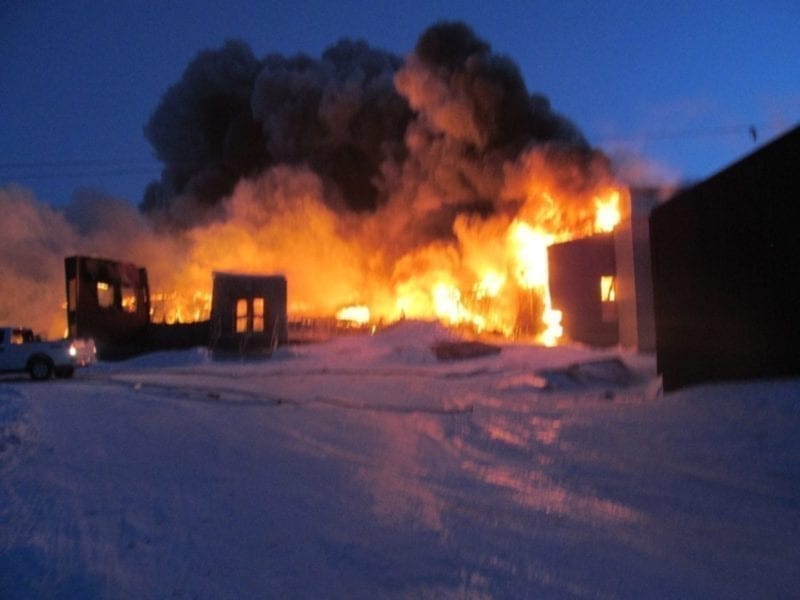After Baker Lake endured a hamlet garage fire that consumed several vehicles and temporarily threw water and sewage services into disarray in January, MLA Simeon Mikkungwak stood in the legislative assembly and emphasized the importance of community emergency plans.

Mikkungwak pointed out that Nunavut’s Emergency Measures Act was passed in 2007, but certain sections still haven’t been brought into force. Community and Government Services (CGS) Minister Lorne Kusugak explained that two communities still lack emergency plans: Pangnirtung and Kugaaruk. He said his department is assisting in the completion of those plans and only then will the Emergency Measures Act be fully in effect.
May 5-11 marked Emergency Preparedness Week nationwide, with this year’s theme being “Be Emergency Ready.” It was highlighted in a CGS news release.
Yet in Pangnirtung, which faced a month-long state of emergency in 2015 after the power plant burned to the ground, there’s still no sign of an formal emergency plan. Mayor Stevie Komoartok, who was elected in December 2017, referred questions about the issue last week to senior administrative officer Nancy Anilniliak. She only started her job in January and didn’t know what has prevented a plan from being put in place.
“Obviously there has to be one,” Anilniliak said. “I’m getting through many unattended items to be sorted out and this is one of them… it’s a matter of setting priorities for the hamlet here.”
Kugaaruk, too, has had major emergencies in recent years. Senior administrative officer John Ivey, who has been in that position for more than three years, said he has tracked down the hamlet’s emergency plan on a hard drive but the paper copy is missing. The document was revised in 2013 but, somehow, it was never officially approved by council. Ivey said he has committed to review the plan one more time, update the contact information and will have the document in the hands of the Emergency Measures Organization no later than mid-June.
Jimmy Noble, the GN’s outgoing director of emergency management, said emergency plans make clear who to notify during an emergency – including a list of contact information – and what each person or group’s role would be.
Noble said it’s each community’s responsibility to complete their emergency plans but his office makes attempts to facilitate.
“We have been into both communities (Pangnirtung and Kugaaruk) to offer assistance with the development of their plans. We have engaged both communities for a week-long training period and gave them templates and organized… exercises,” Noble stated. “We have offered training twice to Kugaaruk and three times to Pangnirtung.”
Ivey acknowledged the importance of emergency preparedness. Kugaaruk helped stranded passengers aboard a cruise ship that ran aground last summer and the community suffered a fire that destroyed its school in February 2017. Knowing what to do during that blaze was critical, even though it may have seemed “chaotic” at the time, said Ivey.
“We all worked throughout the night to try to save the school. An incident of this nature meant that the fire department played the major role; the fire chief directed the firefighting operations; the RCMP provided security; the hamlet coordinated getting food and hot drinks for the firefighters, notified CGS in Iqaluit of the situation and constantly checked on residences which were in the direction that the thick smoke was blowing into,” Ivey recalled.
